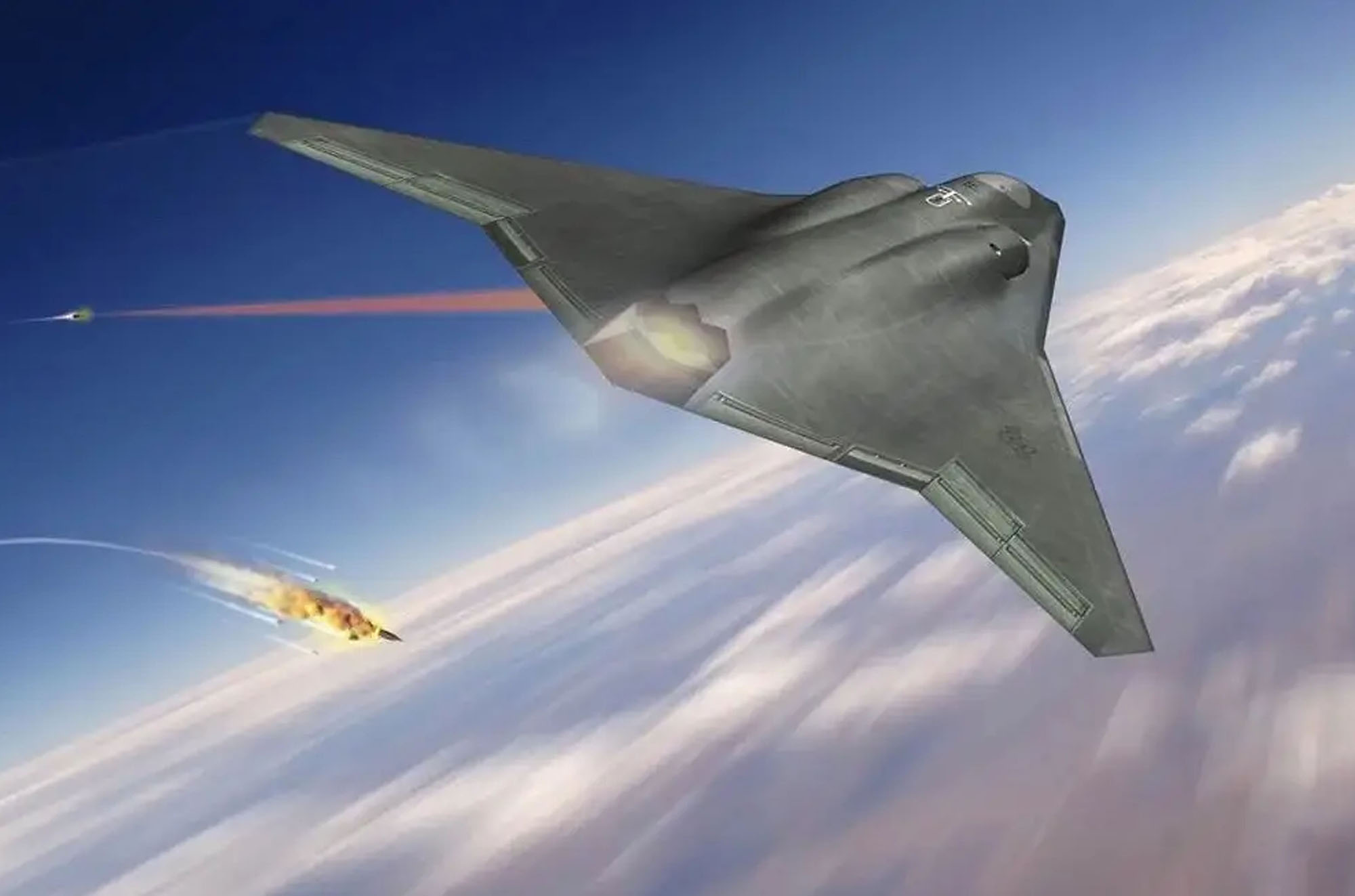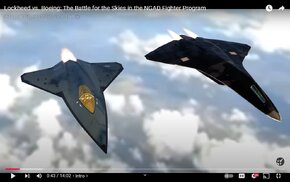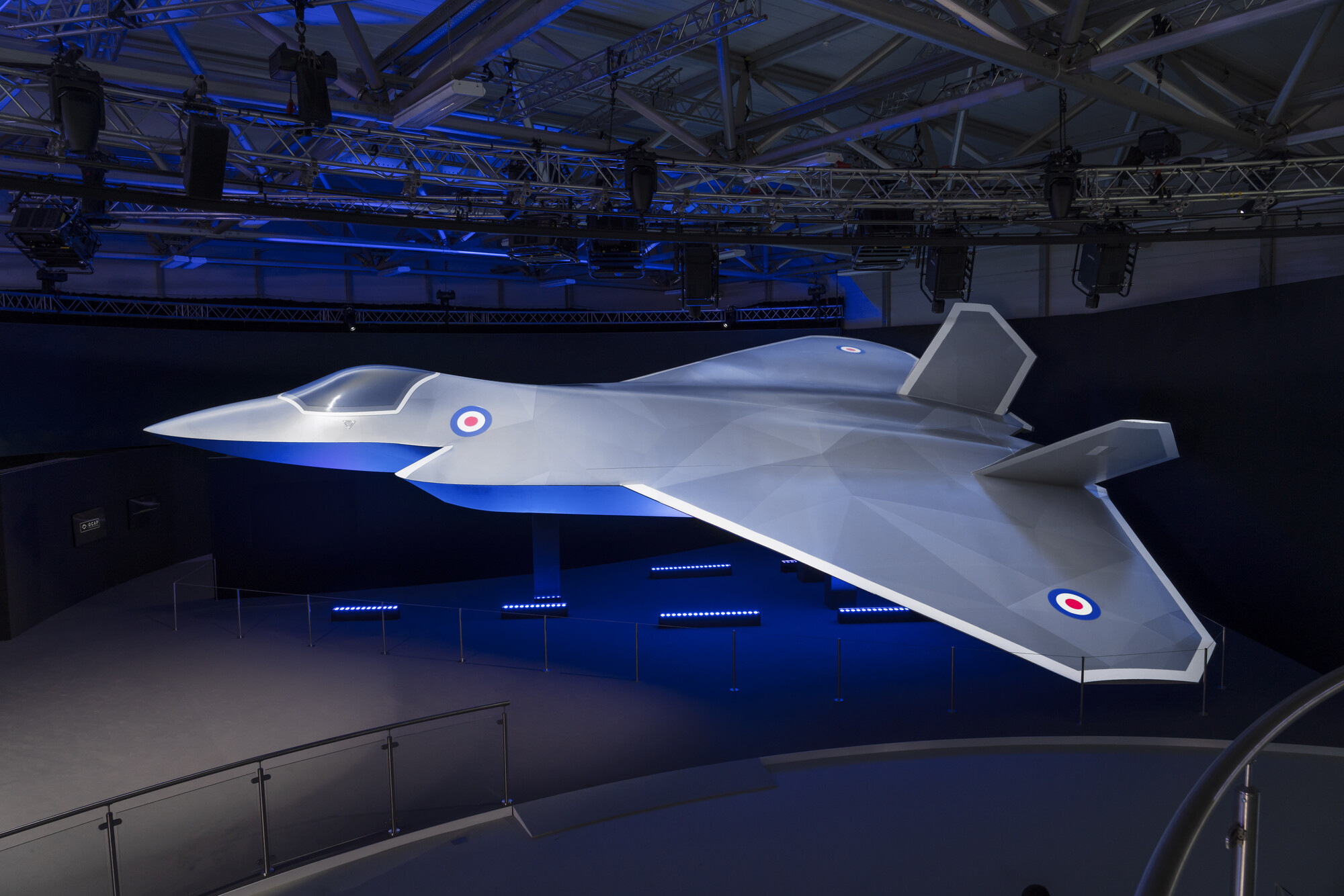Astonishing.
The French seem to use the same name for their current 155mm gun whatever vehicle it's mounted on, which is a bit confusing the other way.
Buddy tankers have been around a long time. They're not full-time tankers. New fighters having radars & EW systems which outclass old types with an E prefix isn't new, either. We can't load every type up with everything it can or might be able to do.
The French seem to use the same name for their current 155mm gun whatever vehicle it's mounted on, which is a bit confusing the other way.
The E for F-15, F-16 & F-18 (& now for JAS39) is weird. It started with the F-15E, & IIRC just happened to be the next spare letter for a new mark - & then got used to indicate a major redesign. It's not part of the official designation system.All the modernized F15, F16 and F/A18 should also be getting E prefixes because their new AESA Radars and Electric warfare self defense systems are already far more sophisticated than what was found on previous generations of E/A6 or EF111. As well as R due to the SAR modes.
Buddy tankers have been around a long time. They're not full-time tankers. New fighters having radars & EW systems which outclass old types with an E prefix isn't new, either. We can't load every type up with everything it can or might be able to do.




